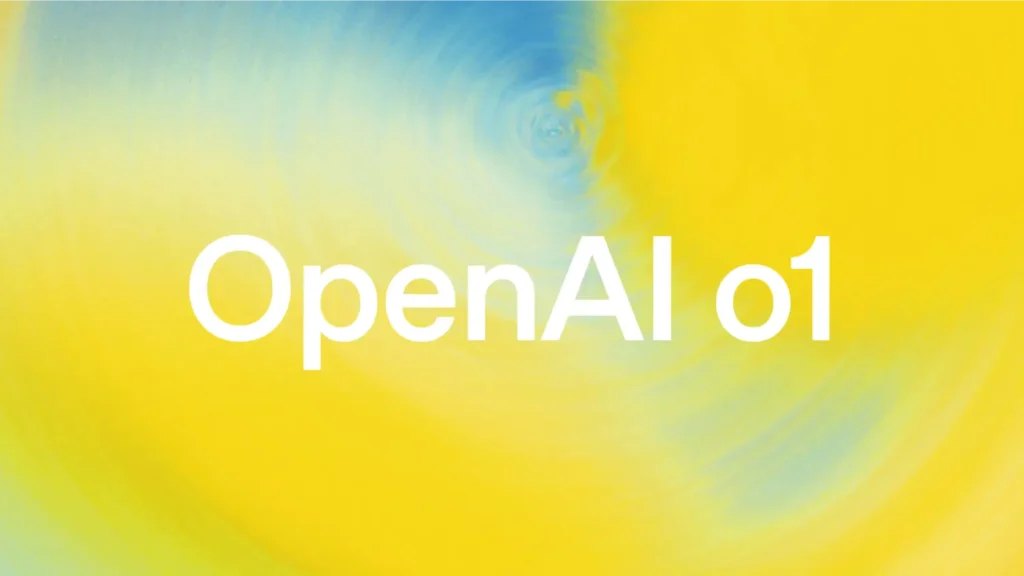Why OpenAI’s o1 will reshape how we work?

Quick insights:
- AI is moving from quick answers to deep reasoning
- Early adopters are already solving previously impossible problems
- Organizations must rethink their AI strategy or risk falling behind
The quiet revolution in business AI
Most people misunderstand what’s happening with OpenAI’s o1. They think it’s just another language model update – a slightly better ChatGPT. But that’s like calling the first computer a better calculator. What’s happening is more fundamental: we’re witnessing the transition from AI that generates to AI that thinks (1).
The evidence is in the numbers. When given International Mathematics Olympiad problems, previous models solved only 13% correctly. O1 solved 83%. This isn’t incremental improvement – it’s a paradigm shift (1).
What makes this revolution different is its emphasis on thoughtful solutions over quick answers. Previous AI was about generating content fast. O1 is about thinking deeply. This means longer processing times but dramatically better results. The model literally spends time reasoning through problems, step by step, much like a human expert would (5).
First signs of transformation
The real power of o1 isn’t in isolated benchmarks – it’s in how organizations are already using it to solve problems they couldn’t touch before. GitHub is using o1 to analyze codebases in ways that were previously impossible, finding patterns and optimization opportunities that even experienced developers miss. Harvey, a legal AI company, has moved beyond simple document analysis to handling entire legal workflows that require deep reasoning (4).
What’s fascinating is how these early adopters are succeeding by embracing slower, more thoughtful AI. When Harvey tackles complex legal analysis, they’re not looking for quick answers like they got from previous AI. Instead, they’re using o1’s ability to think through problems step by step, considering implications and edge cases that faster models would miss (3).
This shift is happening across industries. Healthcare researchers are using o1 to analyze complex genomic data. Physicists are using it to work through quantum mechanics problems. Software companies are using it to design and debug entire systems rather than just generate code snippets (3). The pattern is clear: organizations are solving fundamentally different kinds of problems, not just solving old problems faster.

But here’s what’s really interesting: the biggest benefits often come from unexpected places. Companies start using o1 for one purpose and discover its real value in areas they hadn’t considered. A company might adopt it for code analysis and discover it’s even more valuable for architectural design decisions. Another might bring it in for legal document review and find it’s transformative for strategic planning (4).
New capabilities, new challenges
Understanding o1’s real value requires rethinking how we use AI entirely. It’s not about automating existing tasks – it’s about tackling problems we previously couldn’t solve at all. This creates new challenges for organizations. How do you integrate an AI that needs time to think? How do you build processes around deeper, more thoughtful analysis rather than quick responses (2)?
A new divide is emerging between organizations that get this and those that don’t. Some companies are rebuilding their workflows around AI’s ability to reason deeply about problems. Others are still trying to use o1 like a faster chatbot, missing its transformative potential entirely (5).
The cost considerations are significant too. O1 is more expensive than previous models – up to four times more per token. But focusing on per-token cost misses the point. The real question is what problems you can solve now that were impossible before (2). Some companies are finding that what seems expensive per token is actually cheap per insight.
This is creating what some are calling the AI-rich/AI-poor divide. Organizations that understand and can afford to properly leverage these new capabilities are pulling ahead rapidly. Those that can’t – or won’t – risk falling increasingly behind (5).
Preparing for the future of work
The opportunities are clearest in fields requiring complex analysis – legal work, scientific research, software development, strategic planning. But the real opportunity isn’t in any particular application – it’s in rethinking how we approach problem-solving entirely (3).
The time to start is now, not because o1 is perfect (it isn’t), but because adapting to this new paradigm takes time. Organizations need to experiment, learn, and build new processes. The longer they wait, the further behind they’ll fall (2).
Leaders need to understand that this isn’t just about buying new technology – it’s about fundamentally changing how their organizations think and work. They need to identify where deep reasoning adds value, build teams that can work effectively with thinking AI, and create processes that leverage its unique capabilities (2).

Most importantly, leaders need to build thoughtful AI strategies that look beyond immediate applications. The organizations that succeed won’t be the ones with the biggest AI budgets or the most data. They’ll be the ones that understand this fundamental shift – from AI that generates to AI that thinks – and rebuild their processes around it (5).
The world of work is about to change more dramatically than most people realize. The question isn’t whether to adapt, but how quickly you’ll understand what’s really happening. Because by the time it becomes obvious to everyone, the early advantages will already be gone.



